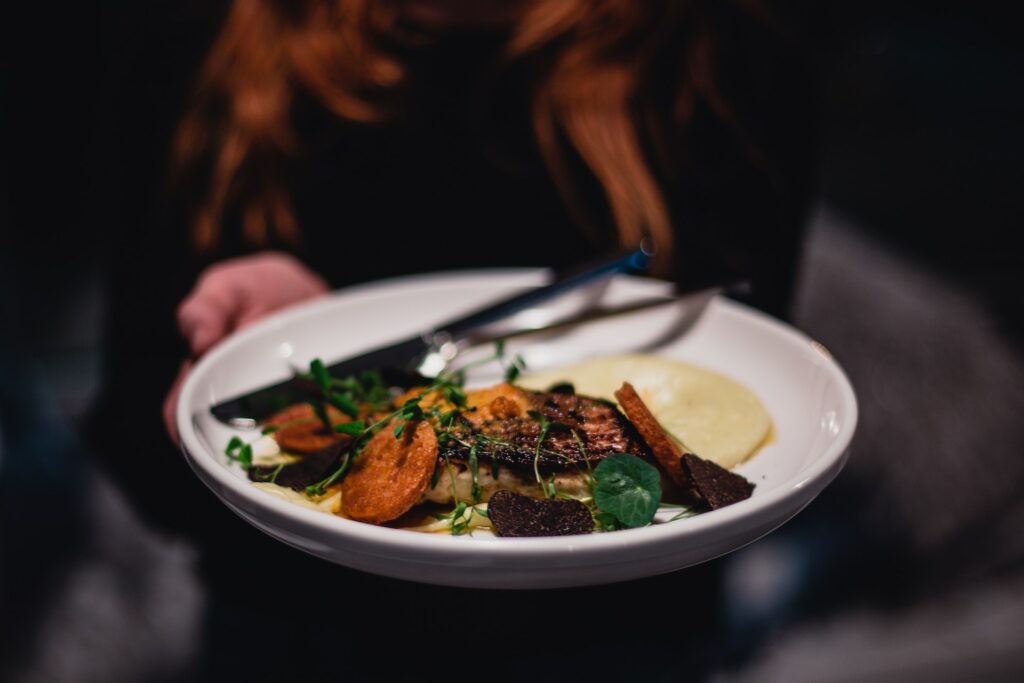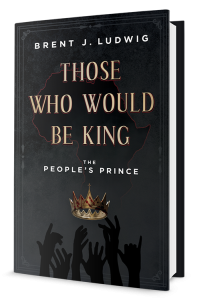How Writing A Novel Is Like Being An Amateur Chef
“Ok,” you’re thinking, “Brent put too much Bailey’s in his coffee this morning.” Either that, or he’s still feeling the effects of the wine from the night before.
But in fact, neither of those scenarios, though plausible, is accurate.
How Writing Resembles Cooking
When I wrote Those Who Would Be King: The People’s Prince, I started with the messaging I wanted to deliver, the overall “theme” or “thesis” of the book. When thinking about a meal, especially when I have the time to take it to the next level, I take a look at the ingredients I have on hand, and come up with a theme. Last night, cooking with sweetbreads, I decided to go with “savory/comfort”.
Back to my novel: I had to come up with an outcome that I wanted—the “People’s Prince” having the opportunity to choose between right and wrong, and showing a human side where he could be susceptible to the trappings of wealth and power. With my meal, I had to decide how the ingredients I had on hand would come together to land on my plate in an expression of the savory/comfort theme I had chosen.
The book needed many events to come together to set the stage for the prince’s ultimate choices he faced as ruler. Wars had to be fought, people had to die, and in fact, the stage truly was set on the day he was born.
How? I can’t give it all away. For the meal, multiple different elements had to be prepped and then brought together, starting three weeks ago when I dry-cured, and then smoked my own bacon.
Everything in the book had to come together at the right time, and one must think about where and when these elements must occur in the plotline. Readers might often be wondering how a chapter that seems to be unrelated to the plot could have any place in the story, but of course, that is part of the art of storytelling—bringing it all together at the climactic moment.
As I prepared my meal yesterday, I had to identify the elements that needed to be prepped first, so they would all come together as the dish was ready to be plated.
Plot Twist! Adding Some Fun
Plot twists are incredibly fun to throw into a novel. The highest compliment that I receive as an author often sounds like, “Wow, I didn’t see that twist coming!” I love that so much. I mean, a big part of the fun as an author is that your imagination is your only limit.
If your mind can devise a scenario that permits a crazy plot twist that catches your readers off-guard, you can work it into your story!
Similarly, when cooking, I like to throw “twists” into my “story”—i.e., throw some unusual and unexpected ingredients into the dish. Your imagination is, again, your only limit!
Last night, I made a four-cheese roux sauce for my sweetbreads, but wanted to throw in a twist or two. First I added some homemade bacon cubes, and at the last minute, before plating, some sweet and crispy Honeycrisp apple cubes.
So good! Surprise twist accomplished ✅.
Plating The Meal Is Like The Book Cover
And finally, plating the meal is very important as well—if your food looks good, people will be predisposed to think it tastes good (even when sometimes that is not the case lol). So that extra time, care, and attention paid to the finer details is well worth the extra couple of minutes it takes.
And for my novel, the plating or presentation is how it all comes together in printed form.

Sweetbreads, courtesy of Dr. Alan Chong, The Spine Doctor
The cover is a highly important element of “presenting” your work, as is the font and print layout. A cover that looks great and properly captures elements of your story entices your potential reader, hopefully making them salivate to read it! I have received many compliments on my book’s cover.
I am very proud of it, and the time and attention spent on it show. So hopefully, it entices all of you to “taste” it.
And so, I find significant parallels between cooking and writing a novel. And in fact, I’m already working on my next projects, of both the literary and culinary forms!
That’s it—Sunday am musings from a non-Bailey’s altered mind.
***


